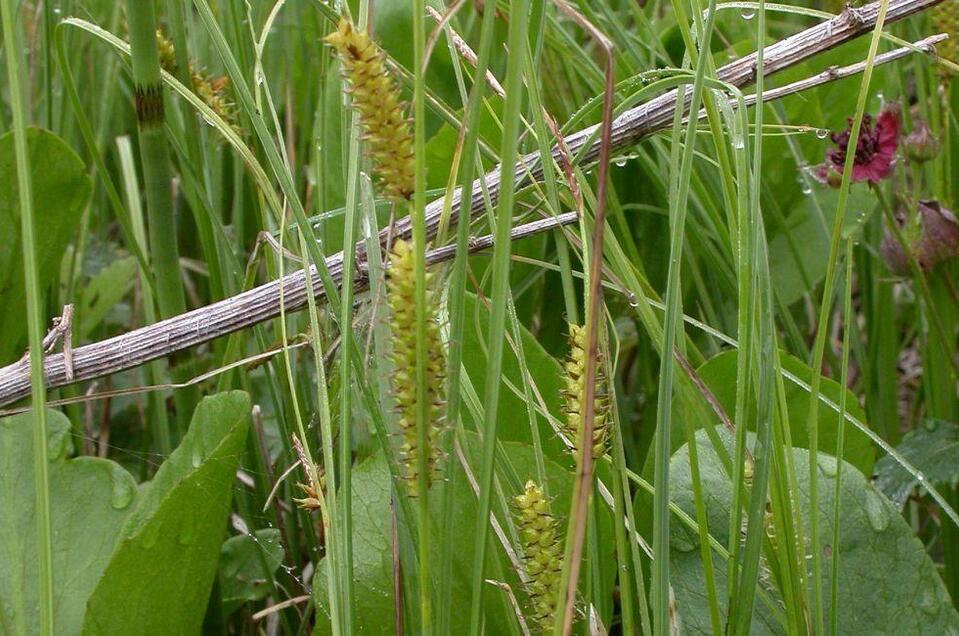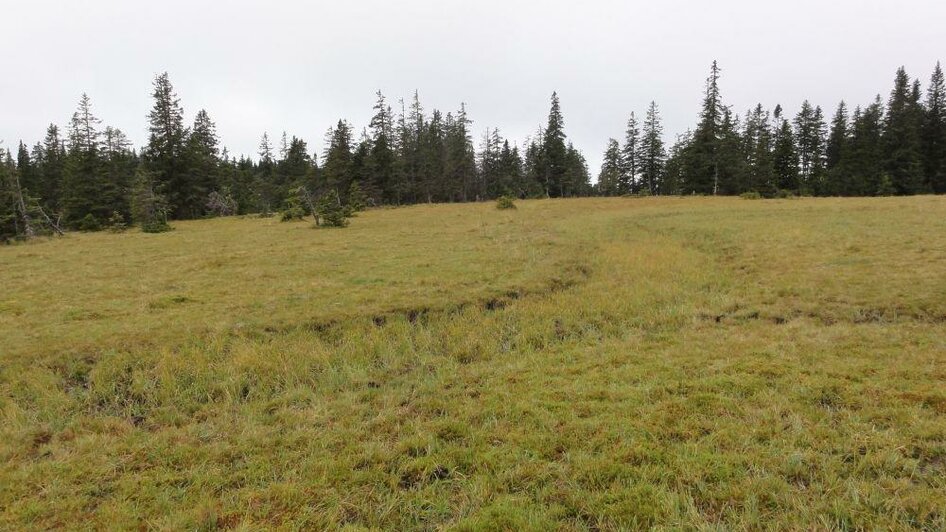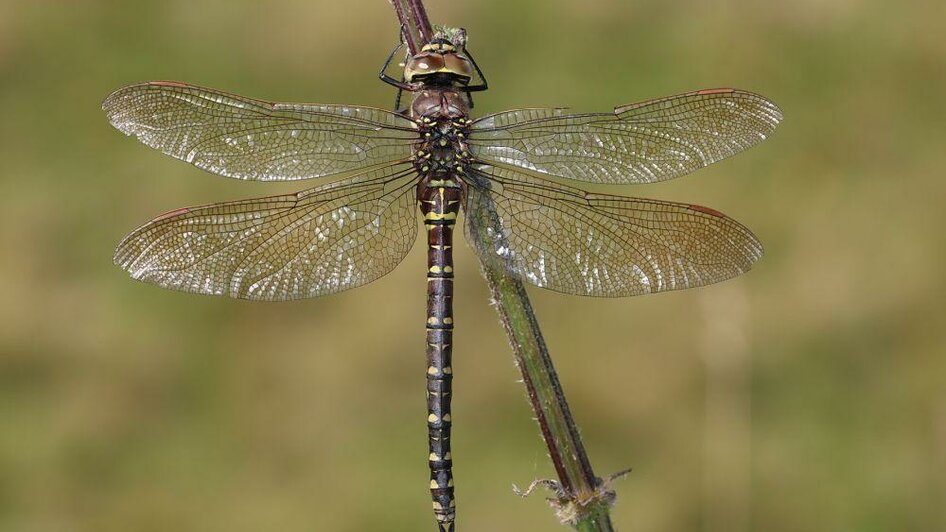Hinteralm Moor
Neuberg an der MürzNatural jewels are special habitats in the cultural landscape, unique creations of nature, and cultural-historical peculiarities.
In the 7 Styrian nature parks there are a total of 27 natural jewels. All these natural beauties are located along hiking trails, making them accessible on foot and open to the public. Of course, our nature and landscape guides are happy to accompany you and provide insights into the world of natural phenomena, the special flora and fauna that have found their habitats in these locations.
Landscape protection area 21 – Veitsch, Schnee, Raxalpe
538421.5 E or 5285452.5 N
What3Words: ///hecke.entfacht.fortbildungen
1420 m
- from Im Tirol, take the forest road to the Iron Gate, keep left (northwest) and continue following the road until just before the Hinteralmhaus (9 km - 2.5 hours) or
- from the forester's house, always follow the forest road north and soon in the forest follow the hiking path east to the Hinteralm (5 km - 2 hours).
June to August
easy
The Hinteralm Moor (moor near the Donaulandhütte) is located a few kilometers southwest of Frein, on the western foothills of the Schneealm at around 1420 meters above sea level.
The moor lies in a depression that was once filled with water and has biologically filled in over the centuries, meaning that the plants have increasingly encroached on the water surface.
The soil today consists of mineral components and dead plants that cannot decompose due to water saturation.
Today, the Hinteralm Moor represents a transition mire with characteristics of raised bogs. This means that the moor is developing from a fen into a raised bog. Thus, the moor is rising further out of the groundwater supply. The water supply is increasingly provided only through precipitation.
The process of developing a raised bog takes centuries. A moor grows 1mm in height per year, meaning it takes 1000 years for a peat body one meter thick to develop. As the moor rises increasingly in a cup-shaped manner above the surroundings, the nutrient supply from the groundwater is increasingly interrupted. Therefore, raised bogs are extremely nutrient-poor but water-rich habitats.
In the center of the moor, there is a small spring; drainage occurs via ditches to the south and west. The moor is relatively severely damaged by the trampling of grazing livestock and their dung (fertilizing effect).
According to its status as a transition mire, both species of raised bogs and of the small sedge reeds can be found: In the raised bog-like areas, the peat mosses (Sphagnum ssp.) dominate, along with Nardus stricta (battling grass), Vaccinium vitis-ides (cranberry), Molinia caerulea (blue reed grass), Potentilla erecta (bloodwort), and Carex rostrata (beaked sedge).
In the areas with small sedges, Carex nigra (brown sedge), C. echinata (hedgehog sedge), Homogyne alpina (alpine brandy), Euphrasia officinalis (common eyebright), Pinguicula alpina (alpine butterwort), which improves its nitrogen balance by digesting insects, as well as Equisetum fluviatile (common horsetail), Menyanthes trifoliata (buckbean), and peat mosses thrive. Smaller parts of the moor are covered with old "stunted" spruces (Picea abies), which grow very slowly and poorly in this wet, nutrient-poor soil.
Animal inhabitants are difficult to detect due to unsuitable living conditions for many species. The most noticeable are the alpine newt (Ichthyosaura alpestris) and the common frog (Rana temporaria). These two amphibians manage to lay their eggs in the marginal small water bodies of the moor.
The common frog is active shortly after the snow melts and is known as an explosive breeder. This means that the entire mating and spawning activity takes place within a few days a year. The animals are brown marbled, often showing a black spotted pattern on their backs and dark stripes on their limbs.
Among the larger and thus more noticeable invertebrates is the peat mosaic dragonfly (Aeshna juncea). It is the dragonfly species that dominates the airspace above the moor. The species skillfully hunts other flying insects at an incredible speed. Males are territorial, meaning they fight fiercely for territory and females. The larvae of this large dragonfly are also greedy, living underwater. On the water surface, the alpine water strider (Gerris costae) hunts, often in "packs." This large water strider is very agile in flight and also occupies the smallest and only temporarily existing waters. Its prey primarily consists of insects that land on the water surface from the air (e.g., butterflies, flies, grasshoppers), as well as emerging aquatic animals such as mayflies and caddisflies.
The highly noticeable and large striped hunting spider (Dolomedes fimbriatus) can also walk over the water with its heavily hairy legs. It can even dive and catch small vertebrates (fish, tadpoles) underwater. It belongs to the hunting spiders that carry their egg sac with their chelicerae and guard their young in a dome-shaped web.
The actual moor fauna of the area – primarily smaller insects and arachnids that inhabit cold and wet environments and live exclusively in the peat moss cushions – is unexplored.
Where there were once moors in Austria - Article in Standard from 26.07.2023
Contact
Hauptplatz 9
8692 Neuberg an der Mürz







